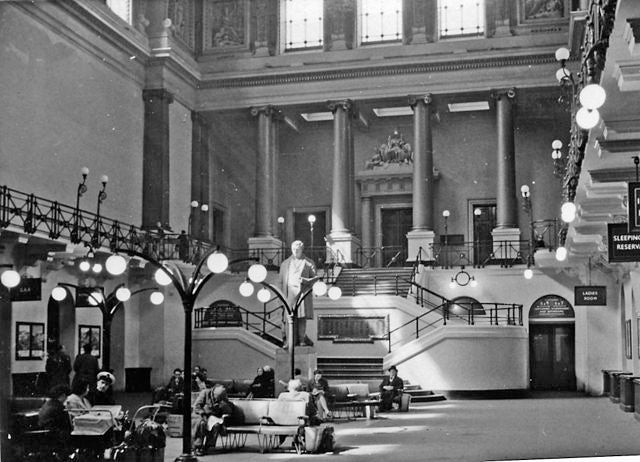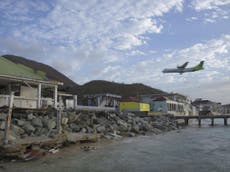The Top 10: Demolished Buildings
A list of some of the worst acts of vandalism in the history of property development


We have done Unbuilt Buildings – planned but never completed – but now we turn to dismantled buildings: beautiful architecture that was pulled down. (Click on the picture below No 5 to see them all.) Three of this list were in New York. In chronological order of demolition...
1. Arthur’s Oven, Stenhousemuir. The stone house, probably a Roman temple, from which the town took its name, demolished in 1743 to use the stone in a dam which was washed away shortly after. Nominated by Alan Robertson.
2. Sir Paul Pindar’s house, Bishopsgate. Built in 1599, it survived the Great Fire but was demolished by the Corporation of London in 1890. From “Sir William Davenant”.
3. Cornelius Vanderbilt II Mansion, New York. Built in 1883 and knocked down in 1927. Site now occupied by Bergdorf’s, the luxury department store. This was the one that gave me the idea. I mean it was American fairytale gothic, but it was lovely.
4. Euston station and arch, London. Built 1838. Great Hall opened 1849. Both demolished 1962.
5. Penn Station, New York. Built in 1910 and demolished in 1963. “A gem that is now a squalid underground mess,” said Arieh Kovler.
6. La Maison du Peuple, Brussels. “Victor Horta’s Art Nouveau masterpiece, demolished in 1965 despite international protests,” said Anne Billson.
7. Singer Building, New York. Once the tallest building in the world, it is the tallest building ever demolished. Completed in 1908 and torn down in 1968. (There was also a Singer Clock Tower in Clydebank near Glasgow, 1885-1963.)
8. Sunderland Town Hall. Built 1890, demolished 1971. Thanks to Dan Jackson.
9. Bowood House, Wiltshire. Parts dating from 1725; the “Big House” demolished 1956. Other “country piles” mourned by Jonathan Dunn: Lathom House, Lancashire (1740-1925) and Nuthall Temple, Nottinghamshire (1757-1929).
10. The Great Mosque of al-Nuri, Mosul, Iraq, with its leaning minaret, by legend built in the 12th century but probably dating from the 16th. Blown up by Isis last year. “One example of their heartbreaking iconoclasm,” said Adam Greves.
Many other worthy nominations this week. Nominations for brutalist monstrosities rightly pulled down, such as the Tricorn Centre, Portsmouth, 1966-2004, and Birmingham Central Library, 1974-2016, were summarily rejected.
Next week: Countries That Used to be “The”, such as The Irish Free State
Coming soon: Foreign Words for Animals, such as kite in French: cerf-volant or flying stag
Your suggestions please, and ideas for future Top 10s, to me on Twitter, or by email to top10@independent.co.uk



Join our commenting forum
Join thought-provoking conversations, follow other Independent readers and see their replies